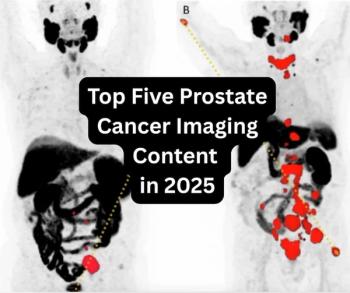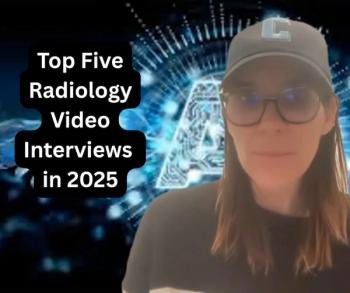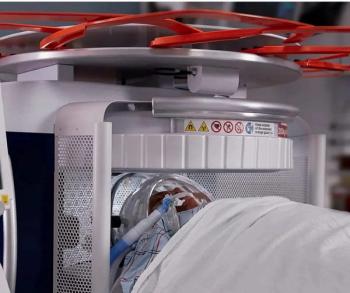
Patient demands fuel unnecessary lumbar imaging studies
Patients who experience pain in the lower back are more likely to get an x-ray or CT scan within 28 days if their primary physician works in a larger practice as opposed to a smaller facility, according to a study by the Center for Studying Health System Change. The center also found that patient satisfaction incentives encourage unnecessary imaging.
Patients who experience pain in the lower back are more likely to get an x-ray or CT scan within 28 days if their primary physician works in a larger practice as opposed to a smaller facility, according to a study by the Center for Studying Health System Change. The center also found that patient satisfaction incentives encourage unnecessary imaging.
Senior health researcher Dr. Hoangmai H. Pham and colleagues at the Washington, DC, center found that of 35,039 patients with lower back pain, 28.8% underwent imaging within 28 days of the first consultation with a physician and an additional 4.6% underwent imaging within 180 days of the initial exam (Arch Intern Med 2009;169:972-981). The remaining patients received no imaging.
Of those patients who were imaged, 88% received x-rays and 11.8% underwent CT or MRI. White patients were more likely to be examined with MRI or CT than were African American patients or other minorities. Medicaid patients experience longer delays and were less likely to receive advanced imaging, according to the researchers.
Pham and colleagues had hypothesized that doctors who face a multitude of productivity incentives and work in practices with capital available to invest in equipment would be more likely to order imaging for their patients. That's exactly what they found.
Compared with no incentives, clinical quality-based incentives were associated with less advanced imaging (10.5% versus 1.4% within 28 days of the first clinical exam). Incentive combinations including patient satisfaction measures were associated with more rapid and advanced imaging, Pham said.
"You provided ‘better care' when you were exposed to quality incentives. But if you were exposed to patient satisfaction incentives, the reverse was true. Your patients were more likely to get imaged," she said.
In the absence of other information, patients will tend to think more care is better and thus clamor for imaging, so when patient satisfaction is an incentive, imaging shoots up, she said.
Pham's study reinforces the idea that many patients with lower back pain without indications for imaging continue to get imaged, despite the lack of proven benefits and the potential for harm, said Dr. Roger Chou, an associate professor at Oregon Health and Science University.
"The problem is that visual evidence is very compelling to patients and clinicians, and it's often easier for clinicians to order the test rather than to sit and explain why the imaging isn't necessary," he said.
It's also very easy to order and get paid for imaging, so there's no discouragement for physicians, he said.
"We should be trying to educate the public and clinicians about unnecessary imaging and, ideally, not resorting to things like pay-for-performance," Chou said. "In reality, monetary incentives may be the only way to change clinician behavior."
Newsletter
Stay at the forefront of radiology with the Diagnostic Imaging newsletter, delivering the latest news, clinical insights, and imaging advancements for today’s radiologists.




























